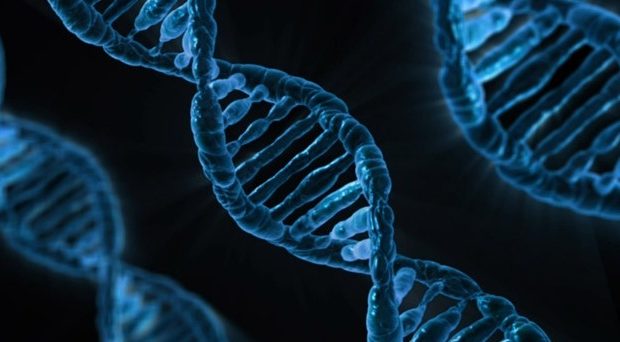
Our understanding of the roles of transposable elements in human cancers has broadened significantly in the last several years. We have better reagents to detect protein encoded by Long INterspersed Element-1 (LINE-1) elements as well as molecular methods and computational approaches to identify inherited and somatically acquired genomic variants of LINE-1 and the sequences it mobilizes.
It is clear that somatically acquired insertions can cripple tumor suppressors.
Many of these insertions are intronic or intergenic. So, in parallel with these developments, there has been a lot of speculation about what insertions of these sequences may do to the function of nearby genes. It is clear that somatically acquired insertions can cripple tumor suppressors and thus drive tumorigenesis. Clear-cut examples of this, however, appear infrequent. They include LINE-1 insertions interrupting coding exons of the adenomatous polyposis coli (APC) gene, identified first in a case of colon cancer in 1992 and again in an unrelated case this year by Scott Devine’s group. While it’s plausible that there are more subtle effects of the many other insertions, experimental models to test this have not been well developed.
We began this study with the expectation that it would be useful to have maps of LINE-1 and Alu insertions specifically in cancer genes in cell lines that are broadly used for cancer research. Our study has the disadvantage of not having paired normal genomic DNA for the samples, and so if an identified insertion is not a known polymorphic variant segregating in human populations, we cannot discern whether it is a constitutional insertion in the individual who had the cancer or an insertion specific to the cancer (or the cancer cell line).
The availability of the cell lines then allows for direct testing of roles of insertions of interest.
This disadvantage is offset by the inherent value of profiling variants in a panel of well-characterized cells that are widely available for experimentation. Integrating mobile DNA insertion maps with other data enables us to associate particular insertions with molecular and cellular phenotypes. The availability of the cell lines then allows for direct testing of roles of insertions of interest. Our work suggests that expanding this association study approach will allow experimentalists to focus on potentially functional insertions. We expect that larger collections of cell lines in combination with more high-throughput and comprehensive sequencing-based mobile element mapping strategies will make these studies more informative in the future.
We hope readers of Mobile DNA following this field will find these maps a useful resource and will consider the types of experiments that now avail themselves to those with an interest in transposable elements and cancer.
- Transposon topography in human cancer cells - 31st October 2016
Comments